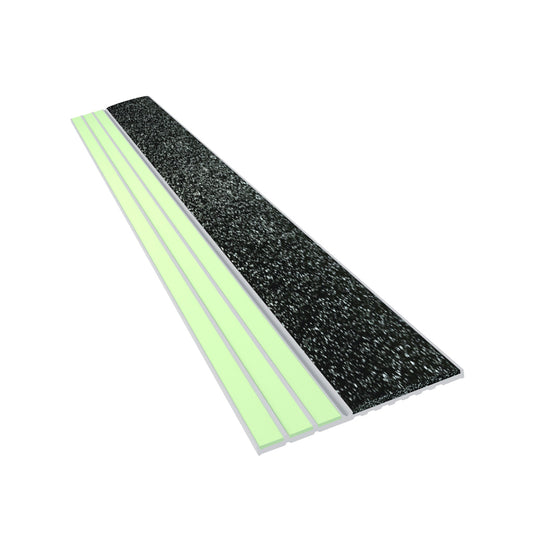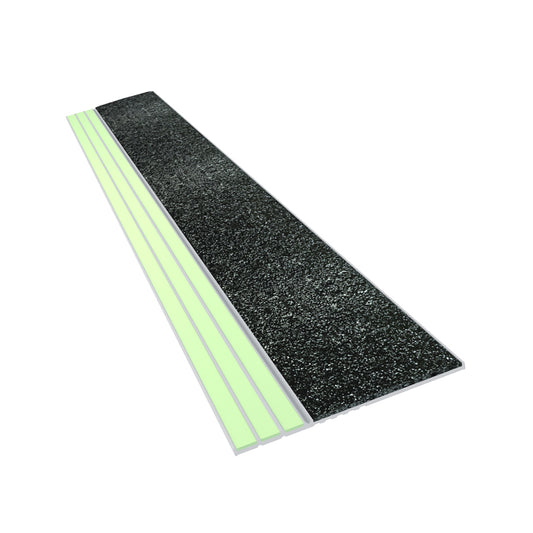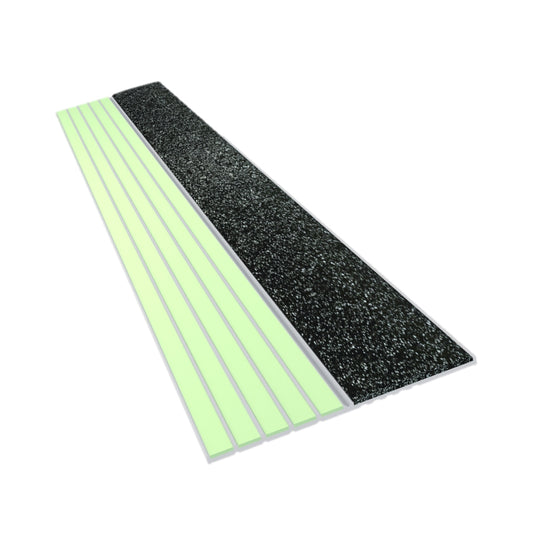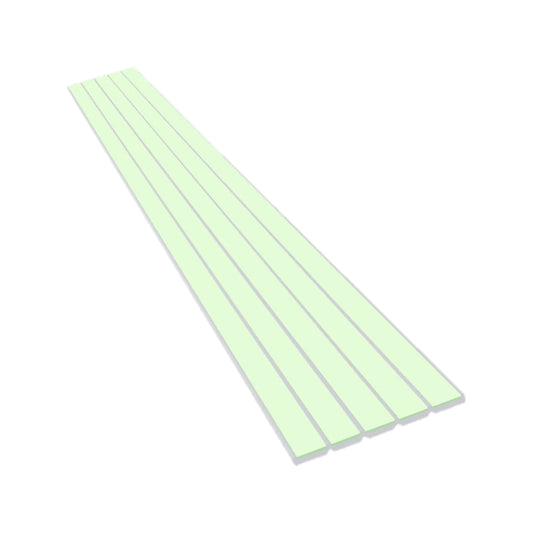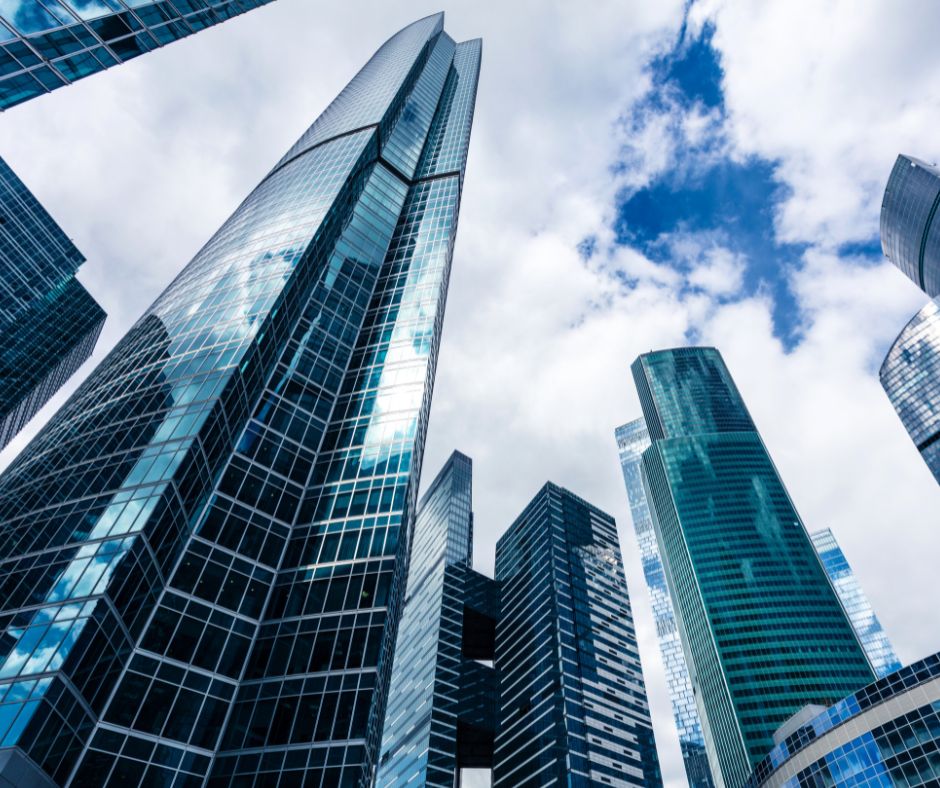
Non-slip Stair Treads for Commercial Buildings
Share
Commercial Stair Safety Treads for Non-slip Steps in the USA and Canada: Insurance and Worker Safety Expectations
Non-slip stair treads for commercial buildings are essential for preventing slips, trips, and falls, which are among the most common workplace accidents. In high-traffic areas like office towers, business parks, and co-working spaces, stairs are high-risk zones. Installing durable, high-quality non-slip stair treads helps protect employees, tenants, and visitors while reducing liability and insurance claims.
1. Importance of Anti-slip Stair Treads for Commercial Buildings
Non-slip stair treads for commercial buildings provide a simple yet effective safety solution. They prevent accidents on stairs, improve traction in wet or high-traffic areas, and ensure compliance with OSHA regulations in the USA and provincial standards in Canada.
Key Benefits:
- Prevent injuries and enhance workplace safety.
- Reduce liability and potential insurance claims.
- Extend the life of stair surfaces by preventing wear.
- Improve accessibility for employees and visitors.
- Lower insurance premiums due to proactive risk management.
2. Non-slip Stair Treads for Commercial Buildings: Impact on Insurance
Non-slip stair treads for commercial buildings directly influence commercial insurance requirements. Insurance providers recognize that proactive safety measures reduce risk, which can positively affect premiums for general liability, workers’ compensation, and property insurance.
Insurance Considerations:
- General Liability Insurance: Reduces the risk of slip-and-fall claims.
- Property Insurance: Protects stair surfaces from damage and wear.
- Workers’ Compensation: Fewer employee injuries reduce claims.
- Business Interruption Insurance: Prevents financial losses from accidents or closures.
3. Slip-Resistant Stair Treads for Commercial Buildings: Office Towers
Non-slip stair treads for commercial buildings, particularly in office towers, are critical for protecting employees, tenants, and visitors in high-rise environments. Stairwells are heavily used and serve as essential emergency exits, making traction and safety paramount.
Safety Expectations:
- High-traffic stairs must have durable treads to prevent slips.
- Emergency evacuation routes should include clearly marked, slip-resistant stair surfaces.
- Fall protection protocols for maintenance staff using stairwells are essential.
Benefits:
- Reduces risk of liability claims.
- Enhances tenant confidence and safety perception.
- Ensures compliance with local building codes and OSHA regulations.
4. Traction Stair Treads for Commercial Buildings: Business Parks
Non-slip stair treads for commercial buildings in business parks address both indoor and outdoor safety needs. Exterior stairways, loading areas, and pedestrian paths require extra traction, especially in wet or icy conditions.
Safety Expectations:
- Outdoor stair treads must withstand weather and heavy foot traffic.
- Material handling and warehouse stairways require reinforced, non-slip surfaces.
- Clearly marked pedestrian pathways reduce accidents for visitors and employees.
Benefits:
- Minimizes workplace injuries in industrial and office areas.
- Protects property and equipment from damage.
- Supports insurance compliance and reduces liability exposure.
5. Anti-skid Step Treads for Commercial Buildings: Co-Working Spaces
Non-slip stair treads for commercial buildings in co-working spaces are essential because multiple tenants share the same facilities. Shared stairwells and high-traffic areas increase the risk of slip-and-fall accidents, making safety measures critical.
Safety Expectations:
- Ensure stair treads are durable and high-visibility in common areas.
- Provide emergency evacuation plans with safe stair access.
- Maintain equipment and stairways regularly to prevent hazards.
Benefits:
- Reduces tenant liability claims.
- Promotes a professional, safe workspace.
- Enhances insurance eligibility and lowers premiums through proactive safety.
6. Slip-prevention Stair Treads for Commercial Buildings: Best Practices
Non-slip stair treads for commercial buildings should be carefully selected and maintained. Following best practices ensures long-term safety and compliance.
Best Practices Include:
- Assessing stair traffic to determine high-risk areas.
- Choosing materials suited for indoor or outdoor use, such as rubber, PVC, or metal.
- Installing treads properly to maximize adhesion and effectiveness.
- Conducting regular inspections and replacing worn treads.
- Using visible edge markings for extra awareness.
7. More Benefits of Safe Stair Step Coverings:
Non-slip stair treads for commercial buildings offer several secondary benefits beyond accident prevention:
- Enhances employee productivity by creating a safer environment.
- Improves accessibility for employees or visitors with mobility challenges.
- Reduces long-term maintenance costs for stairs.
- Supports sustainability with eco-friendly, recycled materials.
8. FAQ: Anti-slip Stair Treads for Commercial Buildings
Q1: Are non-slip stair treads required in commercial buildings?
A: Yes. OSHA in the USA and provincial safety standards in Canada mandate safe walking surfaces.
Q2: Can anti-slip stair treads lower insurance premiums?
A: Yes. Proactive safety measures often reduce liability and are recognized by insurers.
Q3: What materials are best for slip-resistant stair treads?
A: Rubber, PVC, composite, and metal treads are common, depending on indoor or outdoor use.
Q4: How often should stair treads be inspected?
A: At least quarterly, or more frequently in high-traffic areas.
Q5: Can treads be retrofitted on existing stairs?
A: Yes. Most treads are designed for easy installation on concrete, wood, or metal stairs.
Q6: Are eco-friendly options available?
A: Yes. Many manufacturers offer recycled or biodegradable materials.
Non-slip stair treads for commercial buildings are a critical investment for office towers, business parks, and co-working spaces in the USA and Canada. They reduce workplace injuries, lower liability, enhance insurance compliance, and create safer environments for employees and visitors.
By combining high-quality stair treads, regular safety audits, and comprehensive insurance coverage, commercial building owners can protect people, property, and finances. Safe stairs reflect responsible property management and proactive risk reduction.
Key Takeaway: Non-slip stair treads are more than a safety measure—they’re a long-term strategy for minimizing risks and ensuring commercial building safety and compliance.





